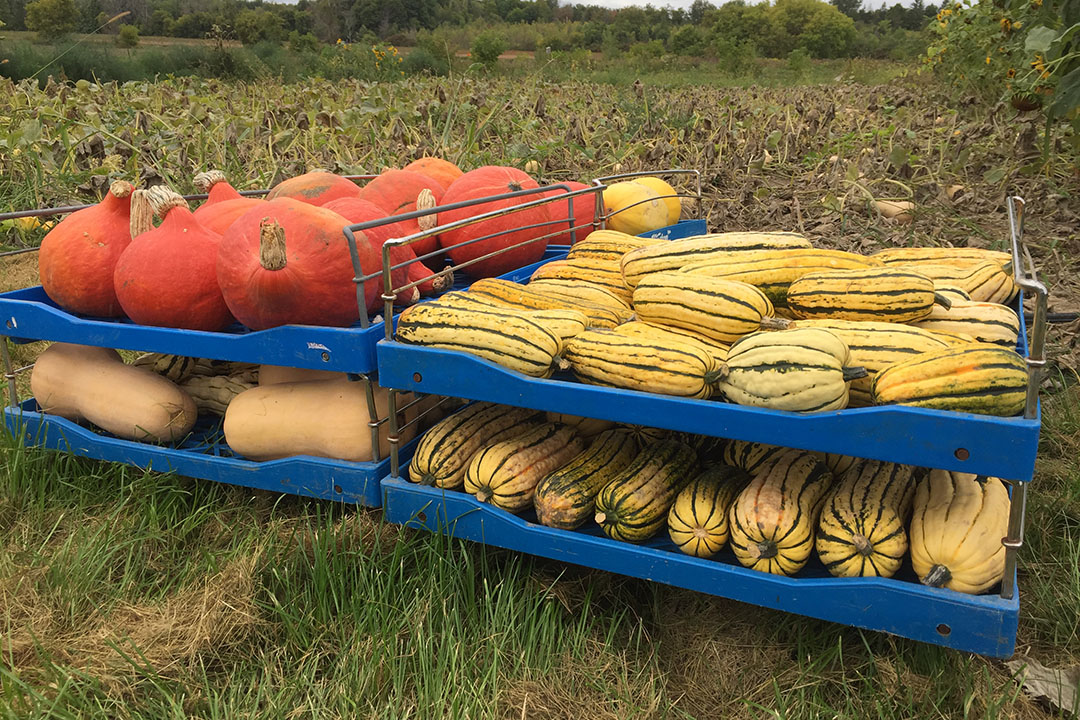17 July 2019: A World Resources Institute (WRI) publication proposes a five-course ‘menu of solutions’ to ensure food security for 10 billion people by 2050 without increasing emissions, fueling deforestation or exacerbating poverty. The report underscores that the global food system must undergo “urgent change” to ensure adequate food for everyone without destroying the environment.
‘The World Resources Report: Creating a Sustainable Food Future’ was produced by WRI in partnership with the World Bank, UN Environment Programme (UNEP), UN Development Programme (UNDP), and France’s Agricultural Research for Development (CIRAD) and National Institute for Agricultural Research (INRA). Many of the report’s findings use the new GlobAgri-WRR model, which quantifies how much every proposed “menu item” can help increase the availability of food, avoid deforestation, and reduce greenhouse gases (GHGs) emissions. The publication also identifies policies, innovations, and incentives that can take the proposed solutions to scale.
The report highlights three gaps that need to be closed to achieve sustainable food systems: a 56% “food gap” between what was produced in 2010 and food that will be needed in 2050; a nearly 600 million-hectare “land gap” (an area nearly twice the size of India) between global agricultural land area in 2010 and expected agricultural expansion by 2050; and an 11-gigaton “GHGs mitigation gap” between expected emissions from agriculture in 2050 and the level needed to meet the Paris Agreement.
To close these gaps, the publication calls for major adjustments in the production of food and in people’s consumption, and gives policymakers, businesses, and researchers a roadmap for measures spanning wild fisheries management to beef consumption. The report explores a 22-item “menu for a sustainable food future,” which is divided into “five courses” that together could close the three identified gaps.
They include: (1) Reduce growth in demand by cutting food loss and waste, eating healthier diets, and more; (2) Increase food production without expanding agricultural land area via yield gains for both crops and livestock; (3) Protect and restore natural ecosystems by reducing deforestation, restoring peatlands, and linking yield gains with ecosystem conservation; (4) Increase fish supply by improving aquaculture systems and better managing wild fisheries; and (4) Reduce GHGs emissions from agricultural production through innovative technologies and farming methods.
The report argues that shifting consumption patterns, increasing the productivity of crops and livestock, and improving the efficiency of inputs like fertilizers could significantly reduce emissions and the demand for land while raising agricultural incomes. In addition, the text notes that maintaining global warming below a 1.5°C increase above pre-industrial levels would require reforesting more than 585 million hectares made available by these demand- and supply-side efficiency gains. [World Bank Press Release] [Publication: The World Resources Report: Creating a Sustainable Food Future] [Executive Summary]
